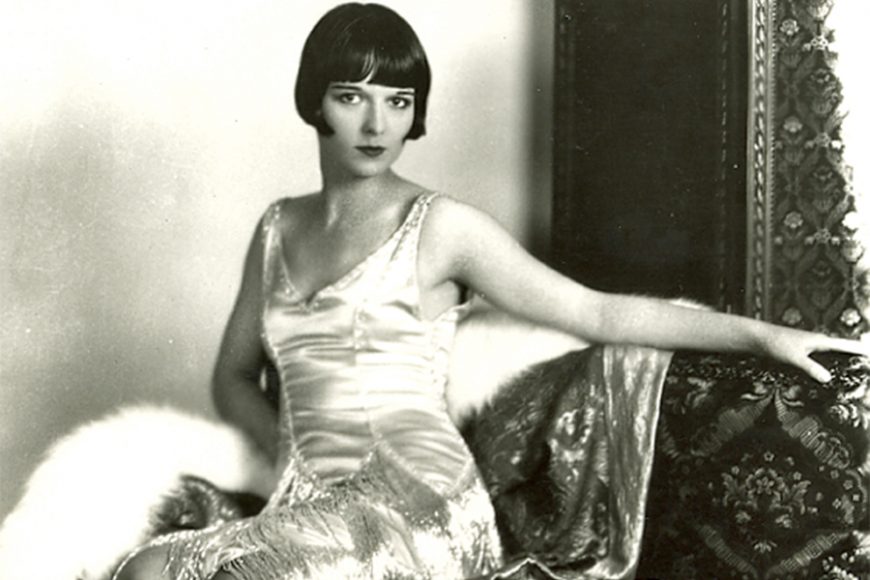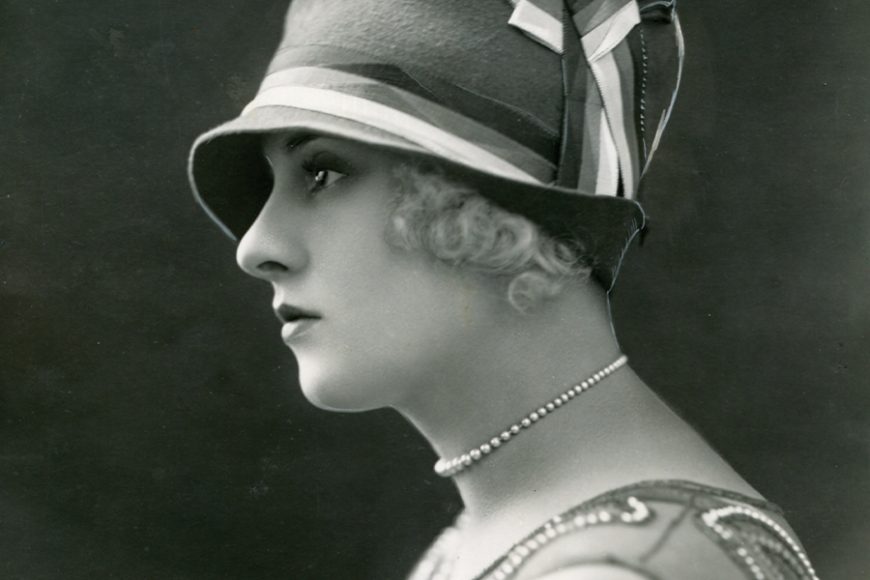In this, our “2020” issue that looks ahead to the new year while also taking a journey back into the 1920s, we thought it only fitting that fashion — something many of us obsess over — be included.
And for the walk through that “Roaring” decade in dress, we turned to Caroline Rennolds Milbank as our guide.
Milbank is a fashion historian, author, writer, curator and appraiser. In her curatorial role, she has worked with institutions including The Museum at FIT at the Fashion Institute of Technology and The Metropolitan Museum of Art, both in Manhattan, the Clark Art Institute in Williamstown, Massachusetts, and the Bruce Museum in Greenwich.
Milbank is also the author of a handful of fashion-themed books, including “Fashion: A Timeline in Photographs: 1850 to Today” (Rizzoli, 2015).
WAG has had the pleasure of hearing Milbank speak at a past edition of the “Mansions of the Gilded Age” symposium at Lyndhurst in Tarrytown — and she was an early December guest of the Greenwich Decorative Arts Society, when she offered an illustrated lecture, “The Best of American Fashion,” at the Bruce Museum.
We caught up with her in the days after that lecture, when Milbank took time to share her expertise — and perspective — on 1920s fashion with us.
How would you summarize the 1920s in fashion, for both women and men?
“The 1920s followed the War to End all Wars and it was felt especially by the young that antiquated values and attitudes were responsible for such a cataclysmic event. ‘Bright Young Things’ (as both men and women were called) reveled in breaking the rules of the former social order. Smoking cigarettes, drinking (Prohibition was on), driving fast, dancing crazily, using slang were all satisfactory ways to shock one’s elders. Women, who now had the right to vote, dressed in a totally new way with short, bobbed hair, visible makeup and short skirts. The dominant look was an unstructured, tubular chemise dress. No corset was worn and the bust and waistline were not emphasized. It is no coincidence that the three great periods of relatively unstructured dress for women were times of enormous social change: the first decades following the French and American revolutions; the 1920s and the 1960s.”
What are some of most iconic fashions — silhouettes, garments and/or accessories — associated with the 1920s?
“The word iconic is always troublesome — it has come to be synonymous with common or clichéd. The clichés of the 1920s are long cigarette holders, feather boas and beaded dresses.
“The actual significant items were:
• Little black dress, unadorned and beige as a chic color, both popularized by Chanel;
• Little white sports dress as popularized by great (tennis players) and women of style Suzanne Lenglen and Helen Wills Moody. These were introduced by Jean Patou;
• Fringed clothing. Radio and gramophones meant that music was more widely available during the 1920s than ever before, and with music came dancing. Dresses that featured fringe and separate floating panels could be best appreciated on the dance floor;
• Sequins — a relatively new invention, used for entire garments;
• The emergence of the beach pajama — First worn at the Lido in Venice in the mid 1920s, beach pajamas paved the way for wearing pants in public;
• Wearing frankly fake jewelry à la Chanel. Previously, fake jewelry — along with makeup — (was) associated with actresses and ladies of the night;
• With shorter skirts and an emphasis on the leg came sheerer, lighter stockings (previously most had been black) and ornate T-strap shoes;
• All accessories associated with smoking and drinking — cigarette cases, flasks;
• Makeup (Cupid bow lips painted red, nail lacquer) and accessories associated with makeup — powder compacts, lipsticks in ornamental cases;
• Short hair for women.
“For men: A few items would include fads such as Oxford bags — tremendously wide-legged trousers — and raccoon coats, popularized by college boys. The man every man wanted to look like was the youthful Prince of Wales, who launched such styles as the midnight blue dinner jacket and plus fours (baggy knickers reaching below the knee).”
What effect do you think depictions of the 1920s in entertainment — we’re thinking of movies such as “The Great Gatsby” and such TV series as “Downton Abbey” and “Boardwalk Empire” — have on the general public’s perception of the 1920s?
“The relatively few movies or television shows to depict the 1920s have had a great impact on shaping our image of the period. Probably the first popular film to look back at the 1920s was ‘Some Like it Hot’ in 1959. In the 1960s there was ‘Thoroughly Modern Millie’ and the early 1970s ‘The Great Gatsby’ with clothing by Ralph Lauren, then an emerging designer. What ‘Downton Abbey’ has done best in terms of fashion is show the progression of styles from the 1910s into the 1920s. The Dowager aunt continues to dress in styles of the past, befitting her old-fashioned attitudes, whereas the young set embraces the latest thing.”
Do the styles of the 1920s continue to have an effect on contemporary dress — and if so, in what way?
“Fashion loves to look back but currently fashion tends to favor the 1950s, 1960s, 1980s but especially the 1970s.”
And finally, are you a collector of fashion? If so, can you share details of any items you might have that reflect the 1920s — or also, any modern-day purchases that you feel echo the ’20s?
“Sorry, but no…
“Modern-day purchases that might give off a 1920s air would include: a sequined, beaded or fringed chemise dress; a close-fitting cloche hat (a bucket hat might work for this); beaded purse, either one with a chain handle or in envelope style; silk flower to wear at the shoulder; Art Deco jewelry such as dangling narrow long earrings; long strings of glass, crystal or pearl beads; brooches in geometric shapes, particularly worn at the hip. A feather boa, often thought of as quintessentially 1920s was actually a fad from two decades before the 1920s.”
For more, visit Milbank’s website at fashionhistory.com.






